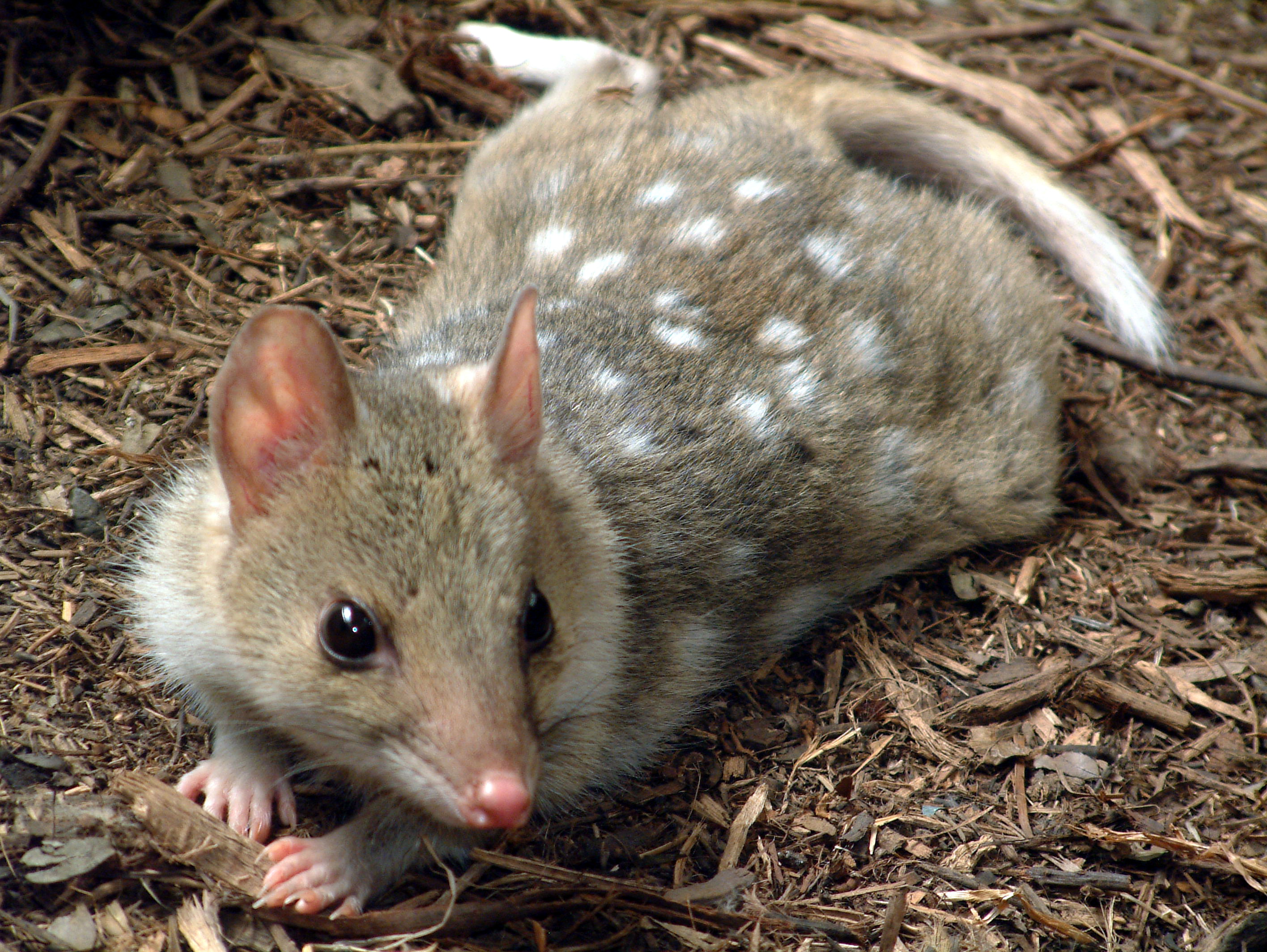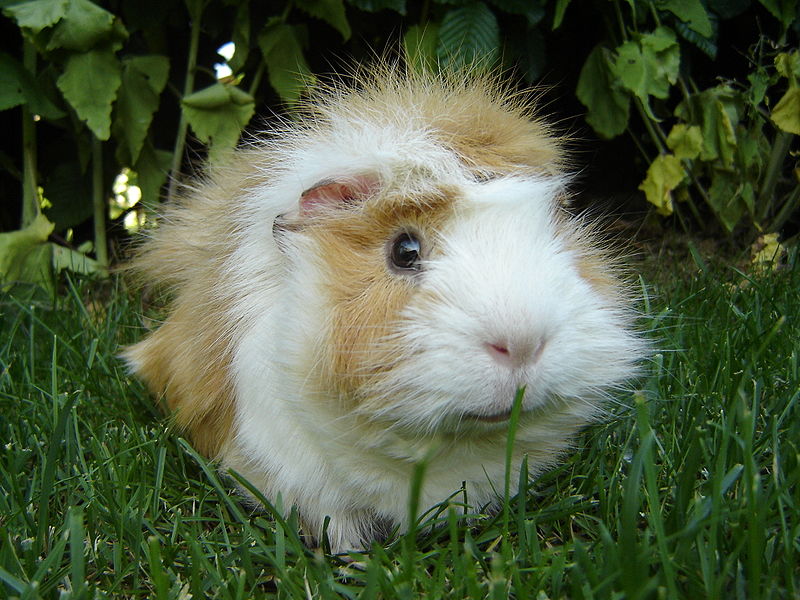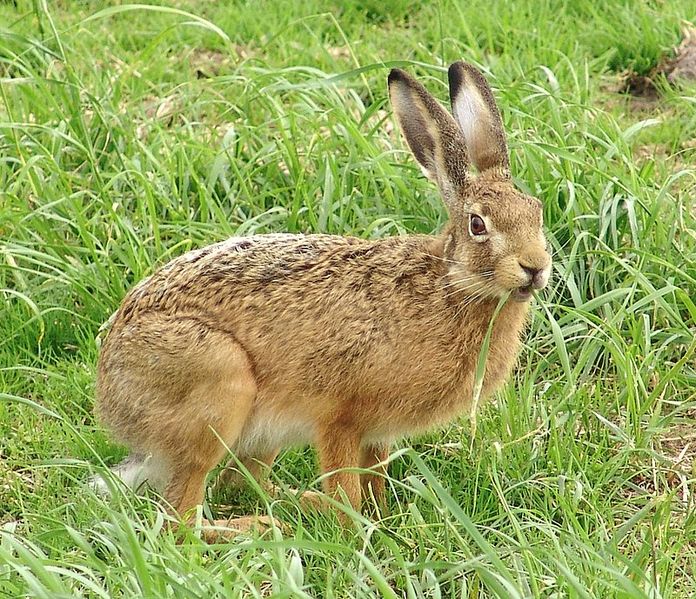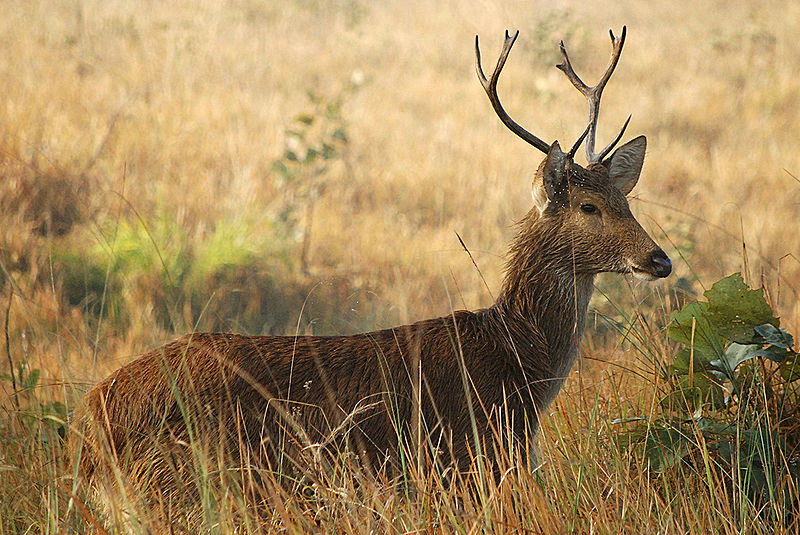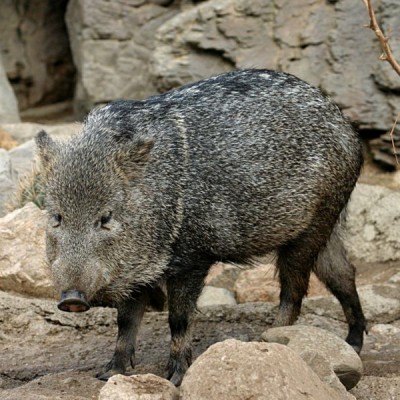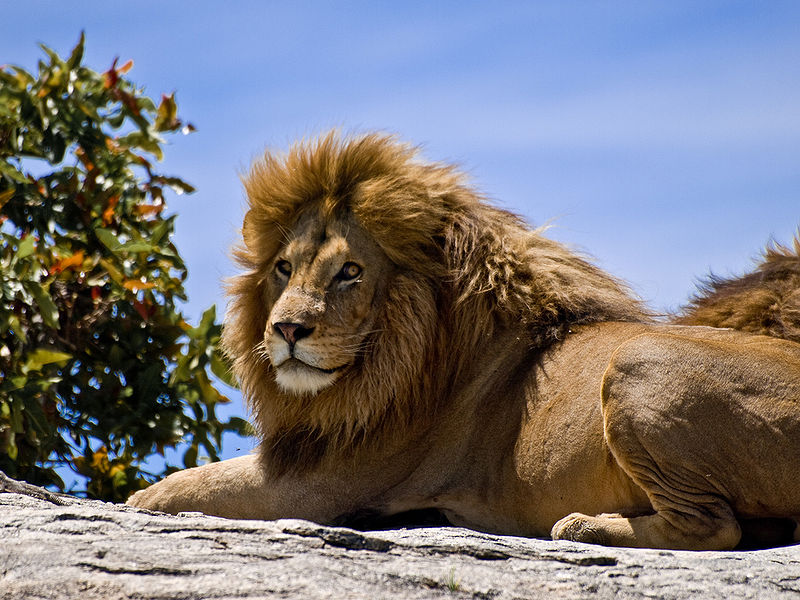
If you have seen the movie Lion King, enjoyed the action-packed Madagascar, and thought through the metaphors in Narnia, then you probably have a very good background of how famous lions are! The popularity of the lions among people in general has paved the way of their being used as casts and great leads in movies and TV shows. This is no wonder, for lions existed long before with an image of being strong, and yet, noble.
In the ancient times, the Egyptians actually revered the lions, making them a symbol of bravery and royalty. Until now, undeniably, lions carry these notions. The most famous title we know of so far about them is that a lion is a “King of the Jungle”. This is, however, a misnomer, because most of the lions live in the African safari. This title can be rooted, though, from the fact that a lion is a protector and a leader – very much how a king functions.
Now take a look at these fast facts to know more about this mighty creature.
- Lions are actually cats.
- You may think they are mightier than tigers because of their manes (specifically the male lions), but in fact, they only come second to tigers as the largest living cats in the world.
- Lions, however, are the tallest cats in the world (measuring from the shoulder level). In this aspect, they are taller than tigers!
- The scientific name for the African Lion is Panthera leo.
- A male lion can live about 10 years. Female lions outlive males, though, living up to 15 years at maximum.
- Lions can really be heavy. A male lion can weigh up to 500 lbs; while a female lion can be as heavy as 400 lbs.
- A group of lions is called a pride. In fact, lions are the only cats that live in groups.
- A classic lion pride may consist of one to three male lions, but only one lion will lead a pride. On the other hand, a pride can have many cubs (baby lions) and lionesses (female lions) which are closely related to each other.
- If a dominant male lion arises within a pride, the other male lions are driven away. They, in turn, stay with a relative (a brother or a cousin) until they are strong enough to handle their own pride. Male lions which are grouped together are called coalition.
- Female lions are the primary hunters of a pride – that is, they are the ones which actually hunt for food. Most of the time they feed on antelopes, zebras, and wildebeests.
- Males, on the other hand, do most of the patrolling of their pride’s territories.
- Most of the lions that you can see are actually colored brown. But did you know that there are white lions? No, they are not albinos! They have a condition called leucism – this is a reduced amount of skin pigments (not just melanin) in animals that make them have a lighter color than their own species. This is also due to a recessive trait in their genes. Does Darwin sound familiar?
- Those sharp teeth of theirs really look dead, but did you know that the lions’ preys are usually killed by strangulation?
- Young lions do not help to hunt food unless they have already reached one year of age.
- Baby lions can practice hunting as early as 6 weeks of age. Usually, their mothers bring home a small animal that they can chase and play with. At this stage, cubs also get to meat eat already even though they continue to nurse.
- Wildebeests comprise about 47% of the lions’ diet, for a single lion can eat approximately 36 wildebeests in a year!
- Only male lions have mane – the fur around their heads. During confrontation with other animals that happen to land on their territories, these manes make the male lions look bigger – and perhaps, more threatening.
- African lions currently exist in the continent of Africa, and they are specifically found in locations in the south of Sahara. Have you thought about a desert?
- Do you know that lions can really be territorial? This is for the reason that lion prides tend to protect an area which has a reliable source of food.
- When hunters go to a forest, they usually mark trees with carvings in order not to get lost. But in cases of lions, they keep track of their territories through the scent of their urine. Yes, the smell of their pee communicates a message!
- How far can your shout be heard? A roar of a lion can be heard as far as 8 kilometers! This usually signals the other members of the pride where a certain lion is.
- If you want to outrun a lion by driving your car, you need to have your speedometer at 60 kilometres per hour – simply because this is the lion’s running speed.
- Did you know that you can encounter a lion anywhere except in forests? If you go to Africa, expect that you can spot them in either in Tanzania safari or in Botswana safari.
- Lions are usually asleep during the day, this is because the heat of the sun makes it too hot for them to hunt for preys. Could you sleep or lie on the couch for 20 hours a day? Well, a lion can!
- If you want to see a hunting lion in action, you have to use some night vision camera. Why? Because lions prefer to hunt during the night. This gives them the opportunity to sneak through the grassy plains and suddenly attack their prey! Talk about being shocked.
- A single lion can actually do the hunting. But if the prey is large enough, an alone lion does not anymore bother to hunt. This is why lions prefer to hunt if they are with their group (pride)!
- We groom our hair by using shampoos and combs, but did you know that lions groom themselves by licking each other? This is also their way of keeping themselves off from parasites.
- You kiss your mom and dad as a sign of respect, but lions run their faces and heads together when they greet each other. Ain’t that sweet?
- If outsiders suddenly attack a pride, the dominant male of the group defends his pride as mightily as he can. If they win, the outsiders are driven away. If they are defeated by the outsiders, the males of the pride must leave. At this point as well, the outsiders kill as many cubs as they can so that the females in that pride will be ready to mate with them again.
- Do you ever know about hybrids? Well, in the realm of lions, there are also things like these! Scientists mate male lions with female tigers and they produce ligers; tigons, on the other hand, are children of male tigers and female lions.
BONUS: Remember Simba from The Lion King? Simba is actually a Swahili word that means “lion”.
The African lions are currently not endangered species, however, they are considered as vulnerable to extinction. One step more and they can be labelled already as endangered.
Lions, being viewed in general as a threat to human lives, are continually hunted. People who study lions believe that them eating man is greatly caused by the circumstance such as lack of prey. However, the greatest threat to their population right now is the loss of habitat. This means their population is just so dispersed that they cannot anymore maintain a healthy habitat.
Yet, there are conservation actions being done by concerned parties. African Lions, in fact, are part of the Species Survival Plan conducted by zoos.
Hoping that their number continues to rise. Movies featuring lions such as Lion King could never have been great without the greatness these creatures have long been carrying.
This post is written by Alexis Trinidad from And Beyond Africa. Fascinated with the majestic stride of the king of the jungle, she someday dreams of going to a safari vacation, and feed lions up close. She still watches The Lion King, and sings “Oh I Just Can’t Wait to Be King” in the bathroom.

